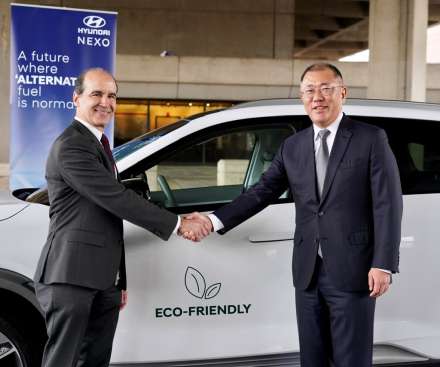Study finds rates of LDV fuel consumption in US peaked in 2004; indications of peak motorization
Green Car Congress
NOVEMBER 16, 2013
These rates are down 16% to 17% from their peaks in 2004, except that the rate per vehicle is down 13% (from its peak in 2003). This rate increased to a maximum of 474 gallons in 2004. The rate increased to a maximum of 698 gallons in 2004. The rate increased to a maximum of 1,240 gallons in 2004. 2003 to 2004. -13%




































Let's personalize your content